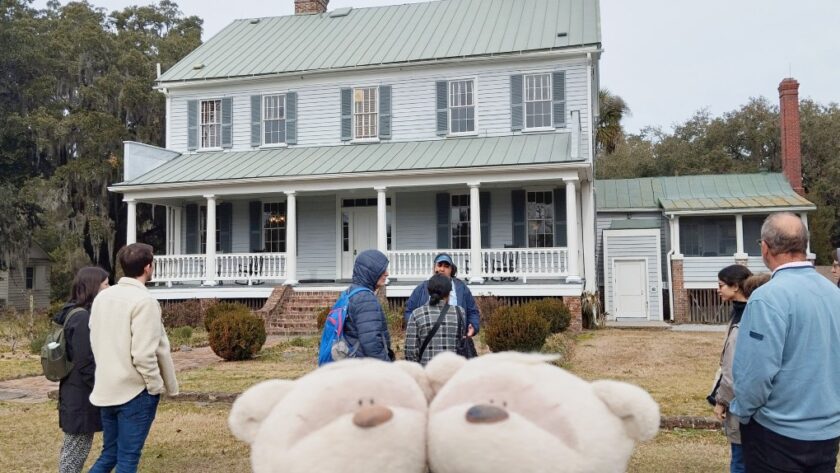McLeod Plantation Historic Site was established in 1851 and had seen through the significant history of Charleston and USA, particular for the black slaves. From the reviews that we’ve read online, unlike the other plantations that focuses on the beautiful gardens and grand mansions, the tours at McLeod Plantation tells of the truth of the lives of slaves on the plantations.
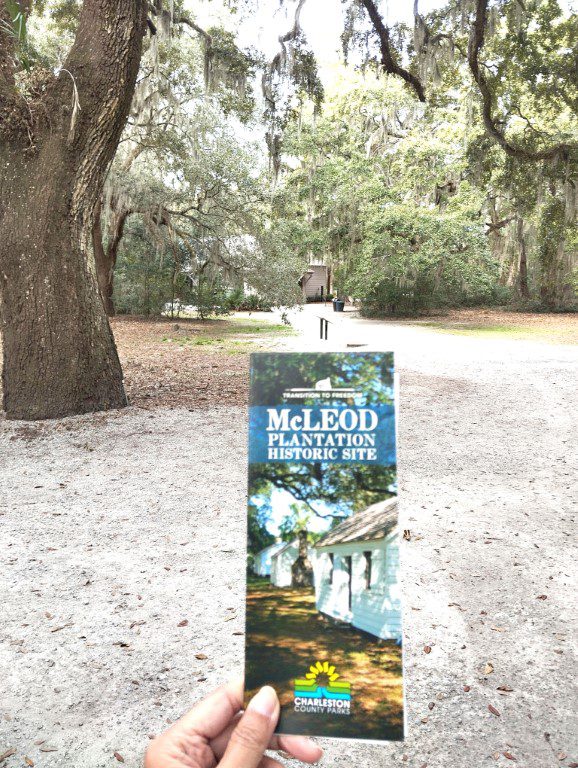
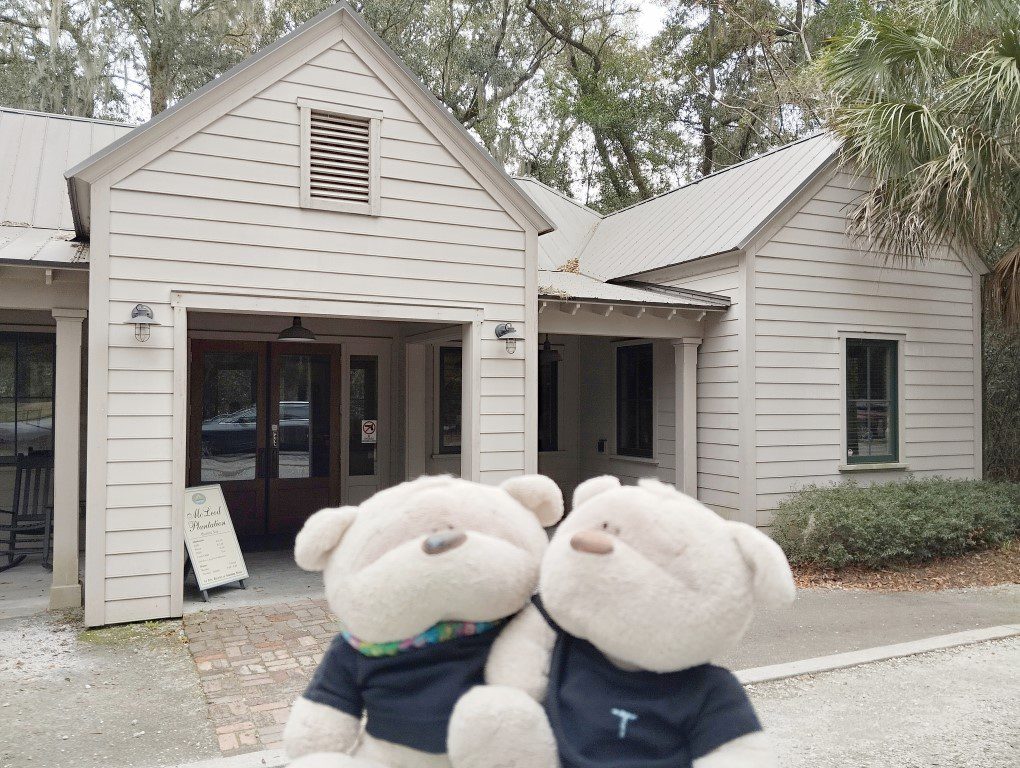
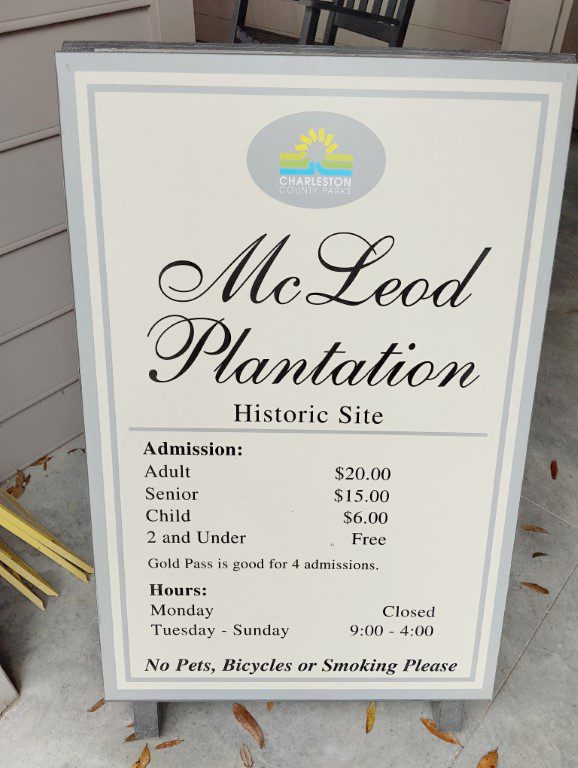
Note that McLeod Plantation is closed on Mondays.
After paying for our admission fees, we were just in time for the tour that started at 1030am…
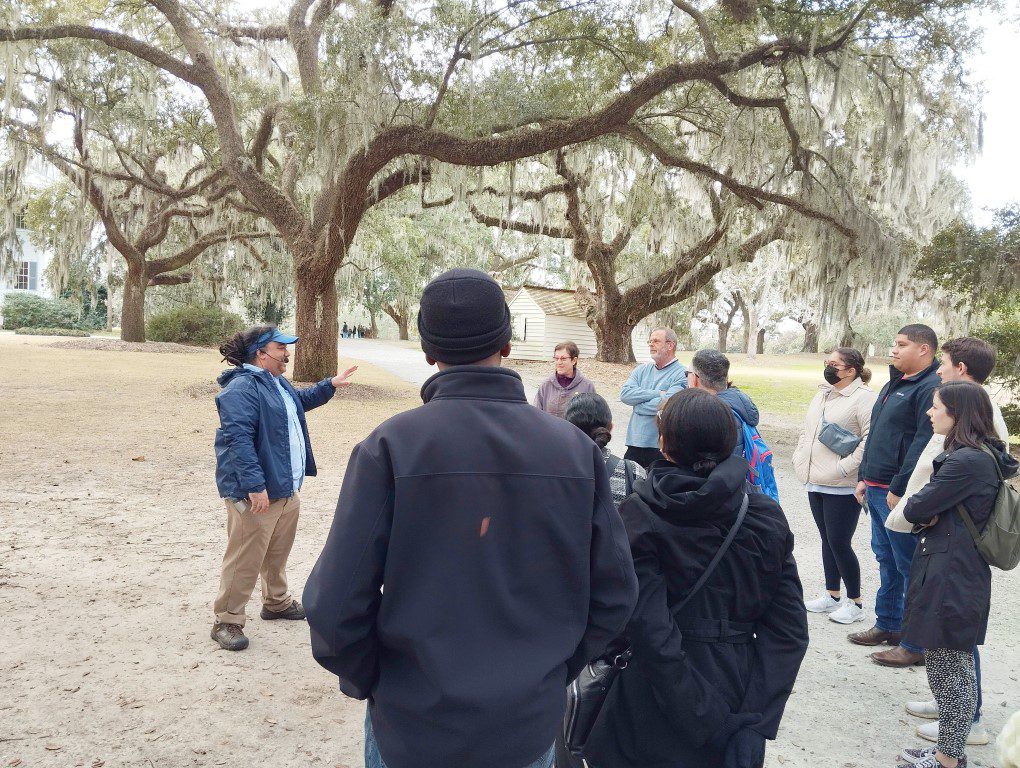
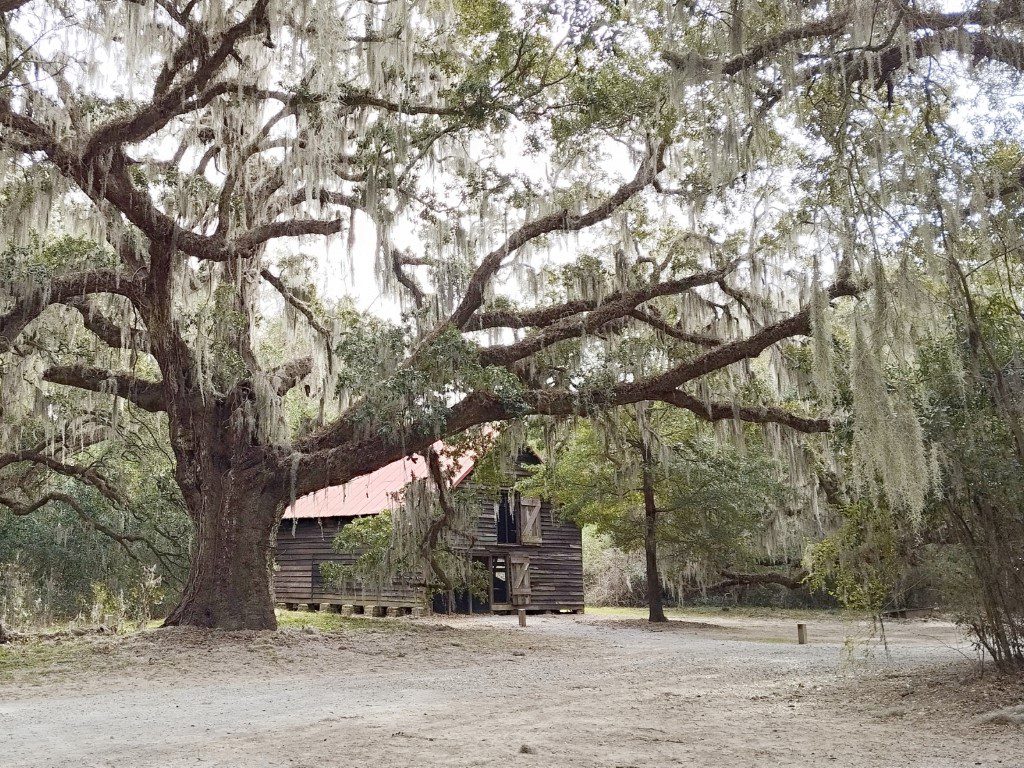
We started with a quick overview of the plantation and looking at the oak trees, we were told that the “Spanish Moss” on the oak trees were neither “Spanish” nor “Moss”. They’re actually epiphytic flowering plants or epiphytes that does not rely on the host tree. Instead, they are like air plants that take in the nutrient and moisture from the air. As for the overview, we found that the plantation was not in its original state – the McLeods wanted to capitalise on the plantation tourism and landscaped it about 100 years ago.
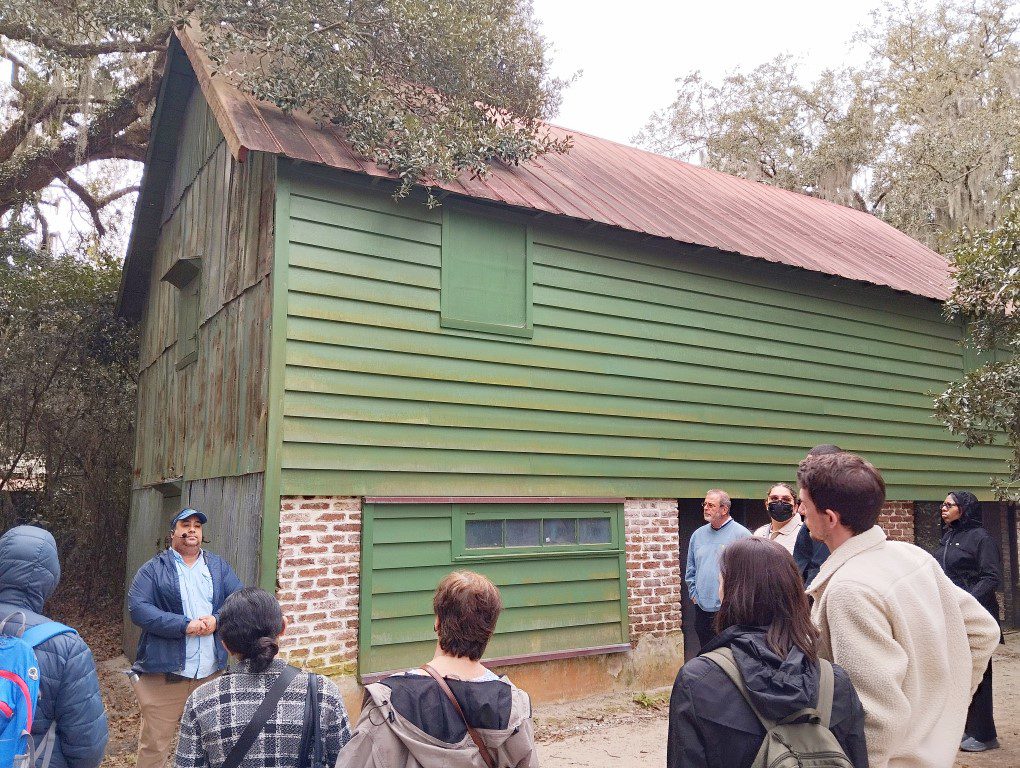
In the 1850s, William Wallace McLeod senior married into a wealthy family and bought a downtown plantation (as compared to a rural plantation) to show off the wealth that he has. He bought the 1700 acres at a relatively cheap price of $11,500 or worth half a million in today’s dollar – of course, you won’t be able to get 1700 acres of land in downtown Charleston with half a million today. He then utilised the 25 enslaved people that he received as gifts from his father-in-law to grow sea island cotton and became very wealthy.
During this part of the tour, our guide also shared with us that the McLeods concentrated on sea island cotton because they produce a much finer garment that is more similar to silk. Because of that, they cost 4 times more than upland cotton that are usually used for denim. Of course, the McLeods did try out other crops. However, tobacco was not possible as the climate was too humid, while sugar was not possible as it was not hot enough. Rice at this particular plantation was not possible due to its close proximity to salt water. However, the “cashiers of all cash crops” have got to be the slaves themselves. Up to 63% of a person’s wealth could be in the form of enslaved people. Slaves could be used as a line of credit, insurance and also dowry.
It was said that slaves had to learn skills at the age of 6 and by the age of 12, were expected to do jobs similar to a full grown adult. There were 4 factors that affected the value of a slave, including age, gender, skills and skin tone. What was interesting was that age was a factor whereby those in the age of 10 to 30 years old were 10 times more valuable – women were able to produce more slaves and therefore produce more wealth for the owners. Our guide then remarked, “Imagine being pregnant for 30 years”. Something that we didn’t really think about before. As for the skin tone, there was a belief then that people were darker because they were “sinful” and therefore to enslave them, was considered paternisation, teaching them to be more “civilised”. Hence, lighter skin tones were more expensive. Makes one wonder how and why would people think like that in the past?
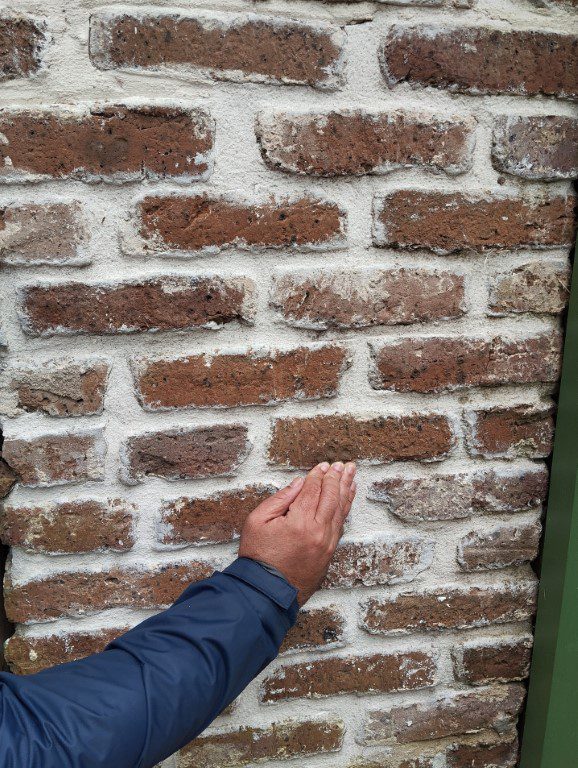
Our guide explained that kids had less dexterity and often injure themselves while making bricks at the kiln. If we were to look closely, we would find bricks with fingers like the one that we see on the plantation above.
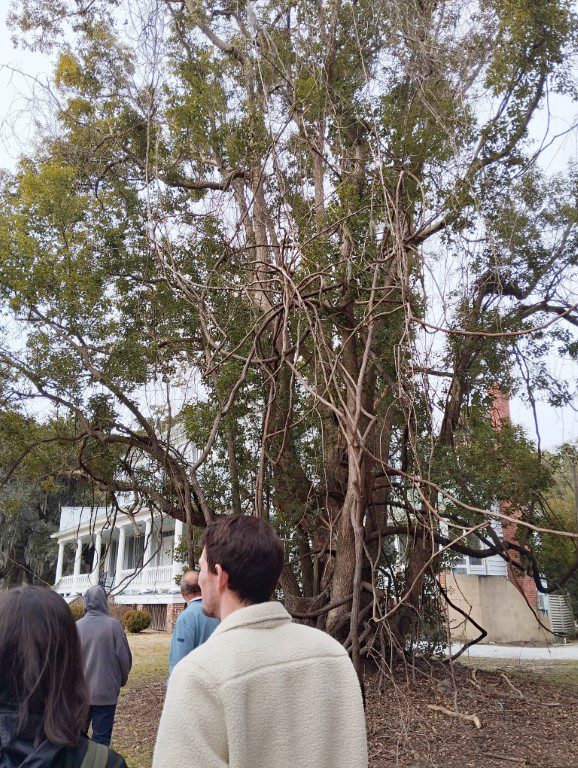
When we moved towards the mansion at McLeods, we came upon a huge camphor tree. It was said that the slaves would use the leaves for medicinal use, just like how Vicks vapour rub is being used today. Also reminded us of how we were offered camphor when we visited Leh/Ladakh in India previously.
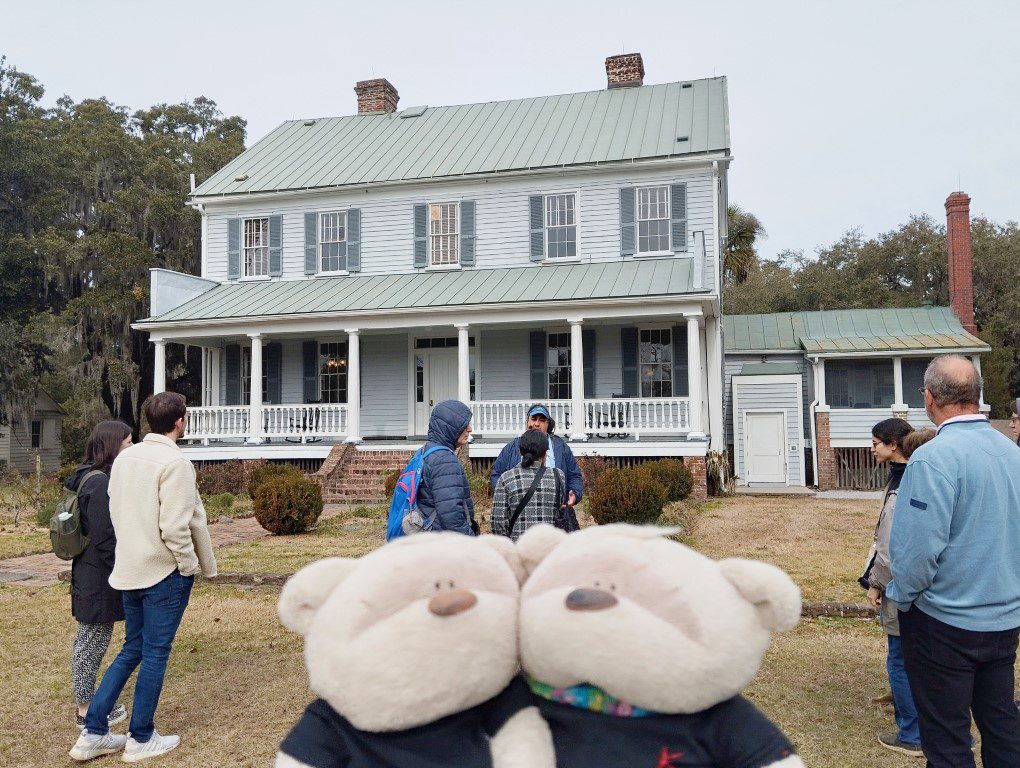
At the front porch of the mansion, Ista our guide shared about the 7 years old Leah who marked 50 miles in 2 days to reach Charleston and was separated from her own family. Also, of slaves who worked from sunrise to sun down – from “can’t see to can’t see” to pick 100 pounds of “air” each day.
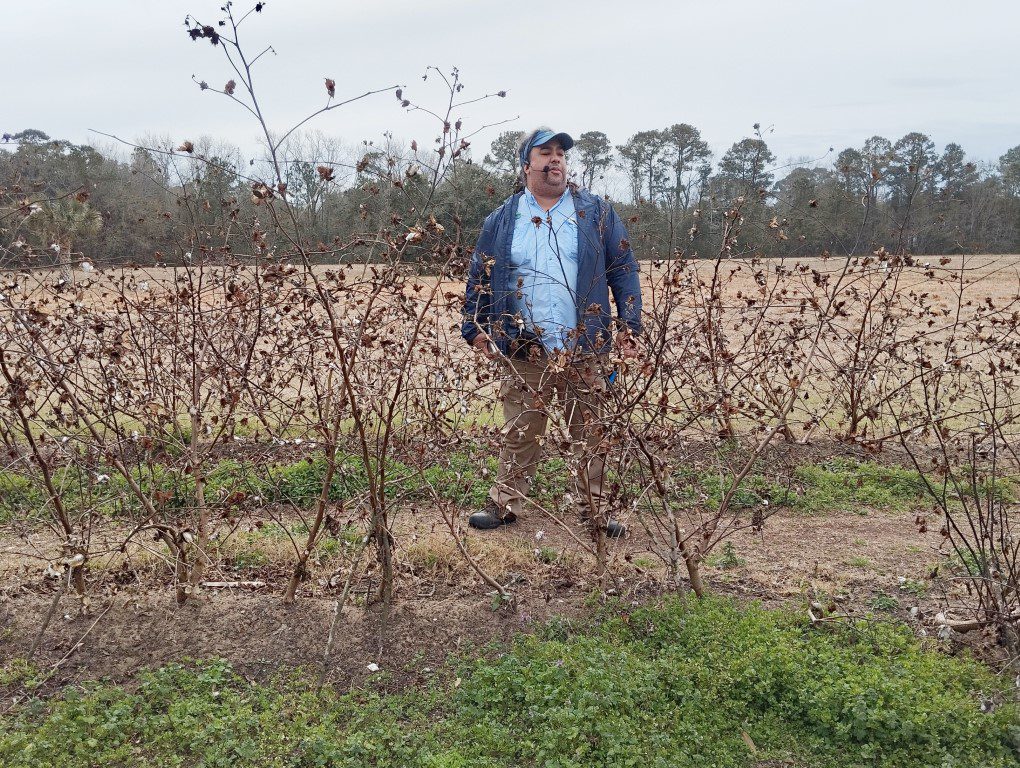
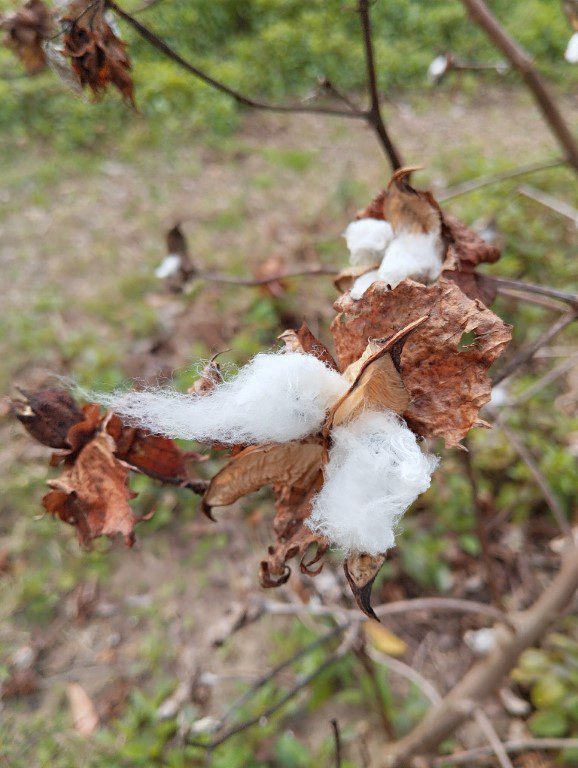
Next to the mansion, there’s also a giant oak tree that witnessed all the events of the plantation. One of the few surviving items on the plantation that was there from the time William Wallace McLeod snr stepped foot on the plantation…
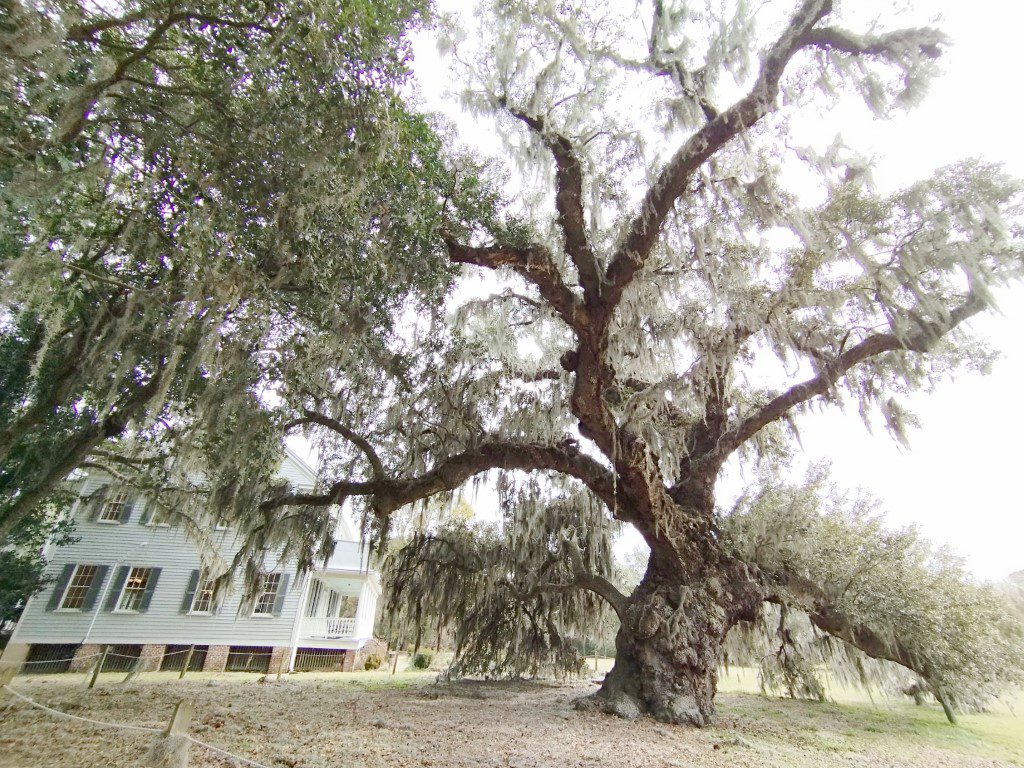
To end off the tour, we visited the 6 remaining cabins of the original 23 on the plantation where the enslaved lived. Here, we learnt about the conditions where the small cabin of 300 sqft would house 8 to 14 people at the same time. There was a story about John Gathers who was a carpenter and was able to build a wall in first cabin giving him and his family a little more privacy. He also had a daughter Robert Senior Gathers who was schooled and eventually became a nurse. In a strange twist of events, she was called back to the plantation (where she was born and brought up) to take care of the last ailing McLeod. When she returned, she found that there were still others who were still under a different form of enslavement – economic enslavement on the premise. After emancipation, instead of being able to eat and stay rent-free, the “freed” people had to pay for rent on the cabins where they stayed and for the food that they ate – debts that they didn’t have before. Although they were free, they did not know where to go. Hence, some stayed on the plantation, all the way to the 1990s – such recent history! Back to Robert Senior Gathers, when she returned, she rented some cabins from McLeod to educate and set up a home church to help her people.
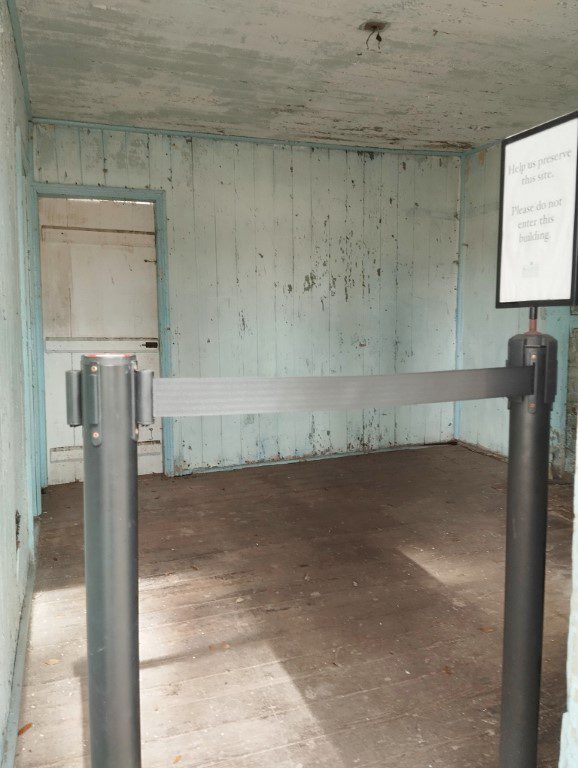
The tour started at 1030 and ended at 1230pm. Highly educational.
If you enjoyed our content, “Like” us on Facebook Today!
The mansion is also an area that tourists can visit. Inside, you can see posters of what the tour had covered and a 12.5 lbs of cotton which was really quite heavy…
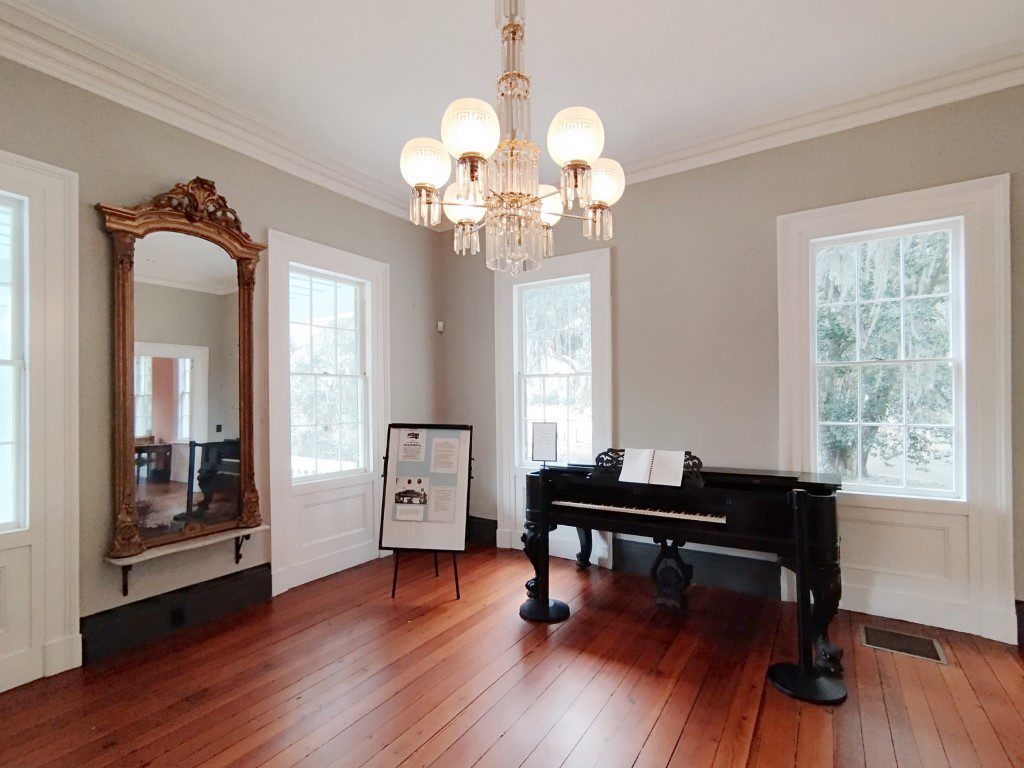
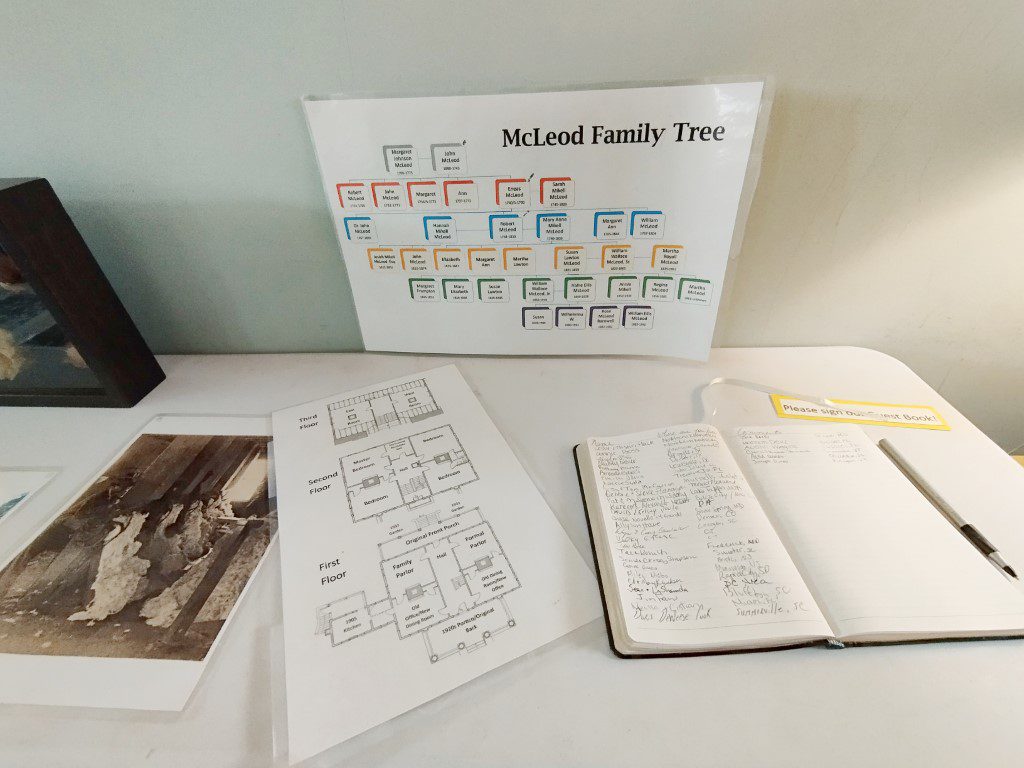
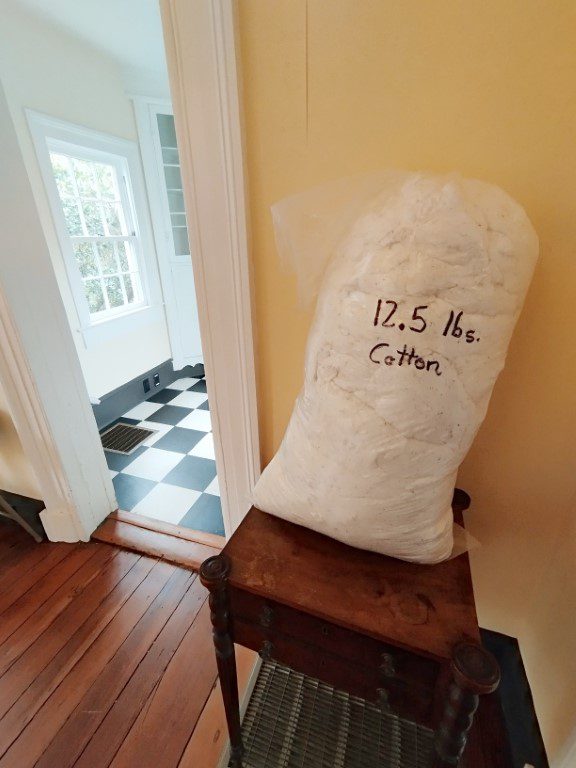
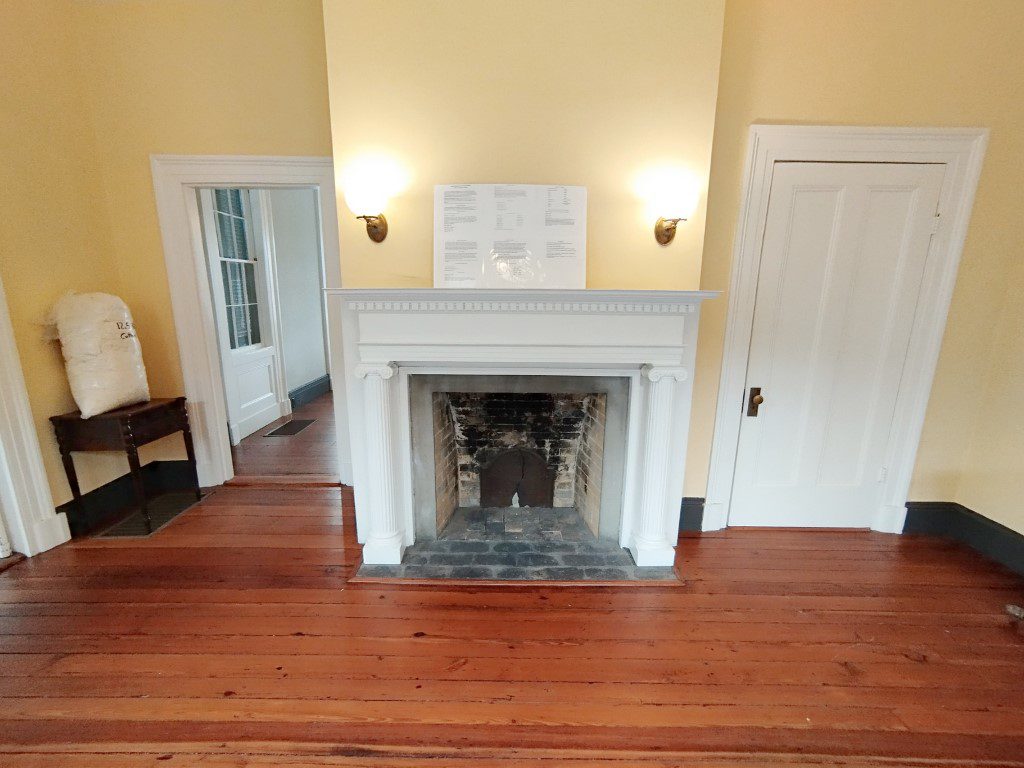
It was so interesting to hear the stories of the lives of the slaves at McLeod Plantation. The true story. Hence, McLeod Plantation is definitely recommended if you would like to better understand and learn about what actually happened during the time of enslavement in the 1800s.
